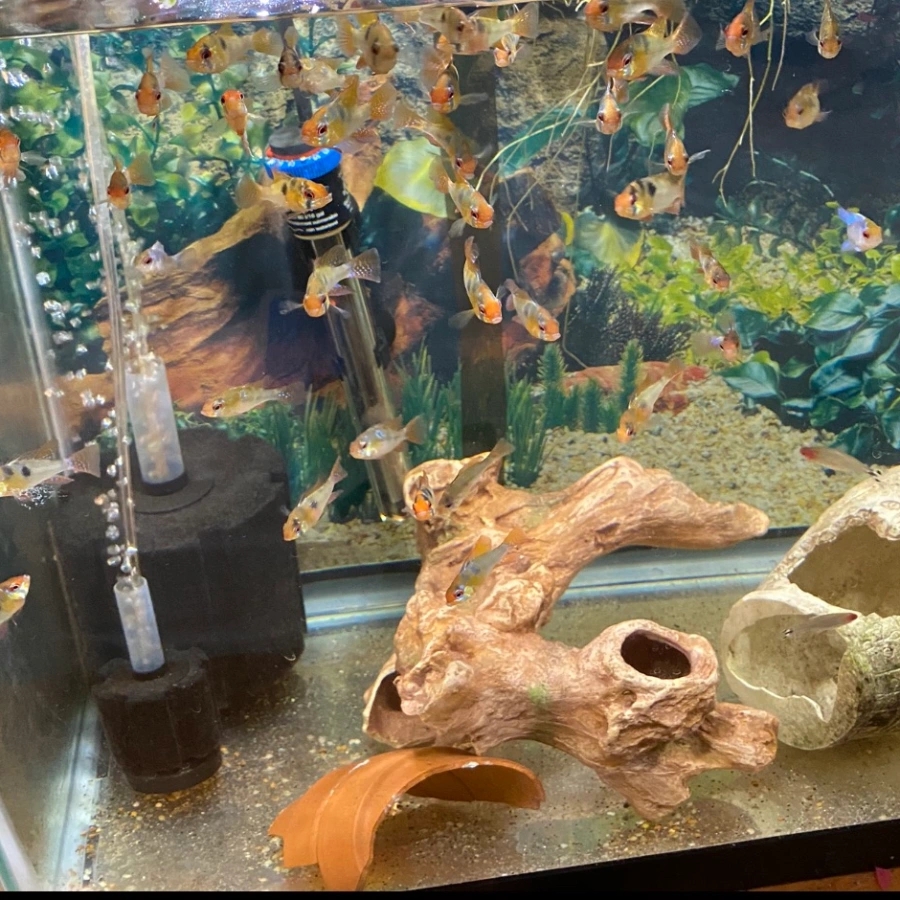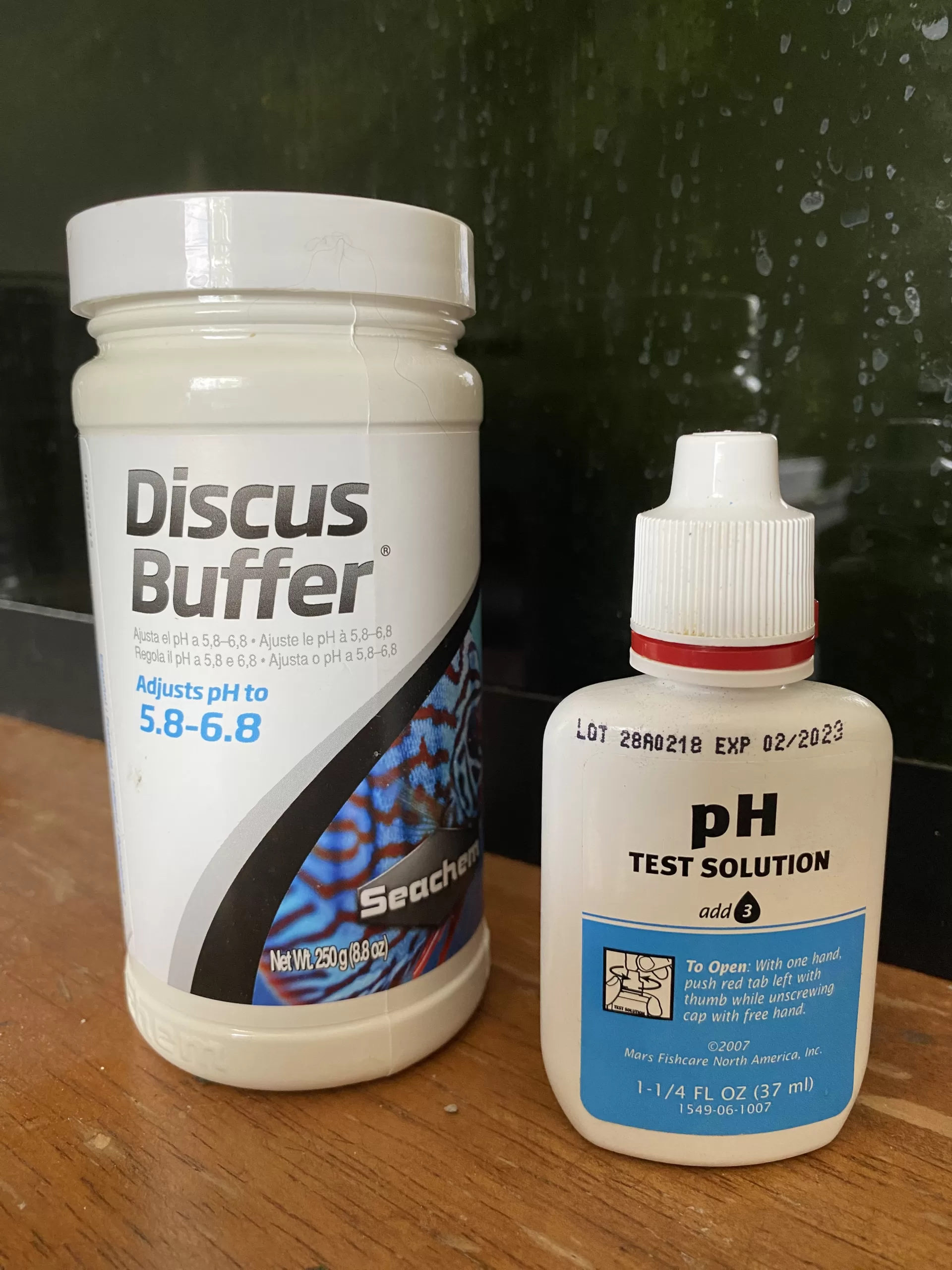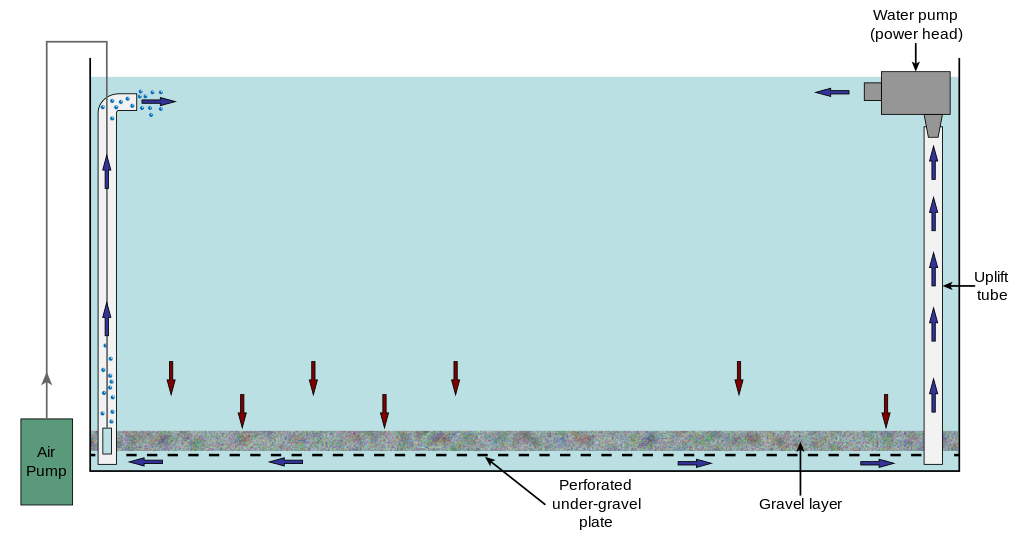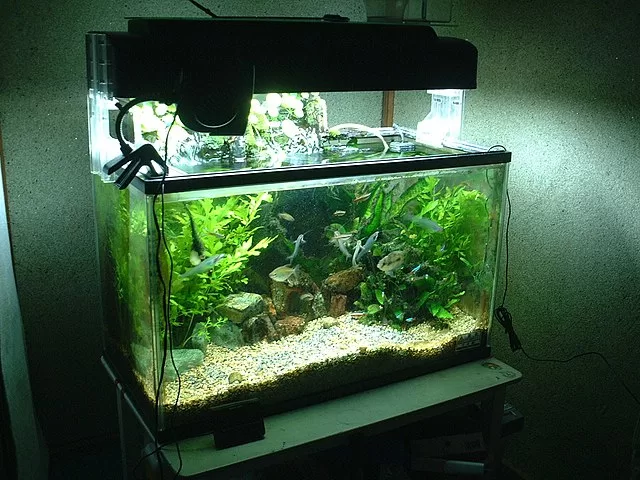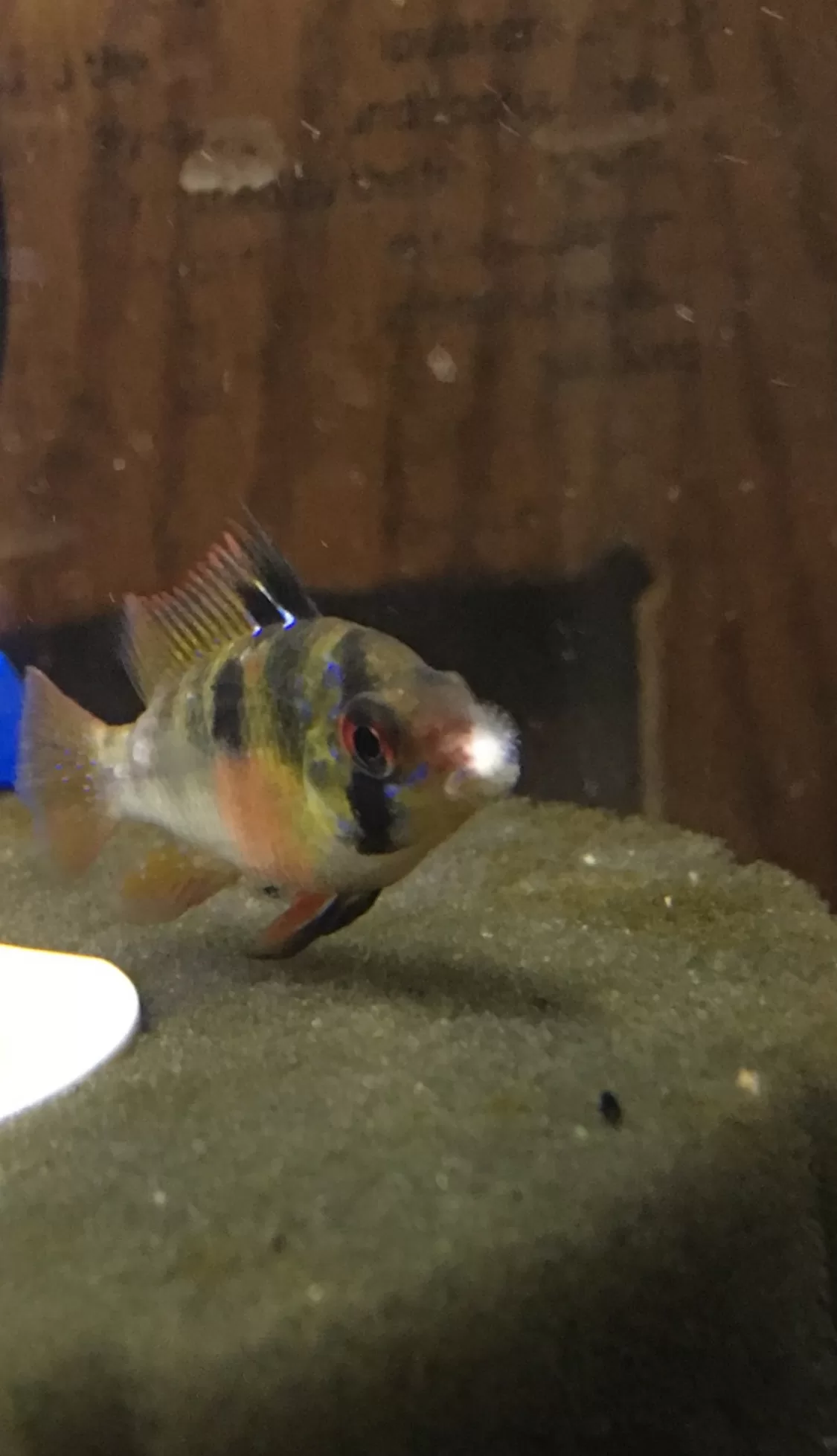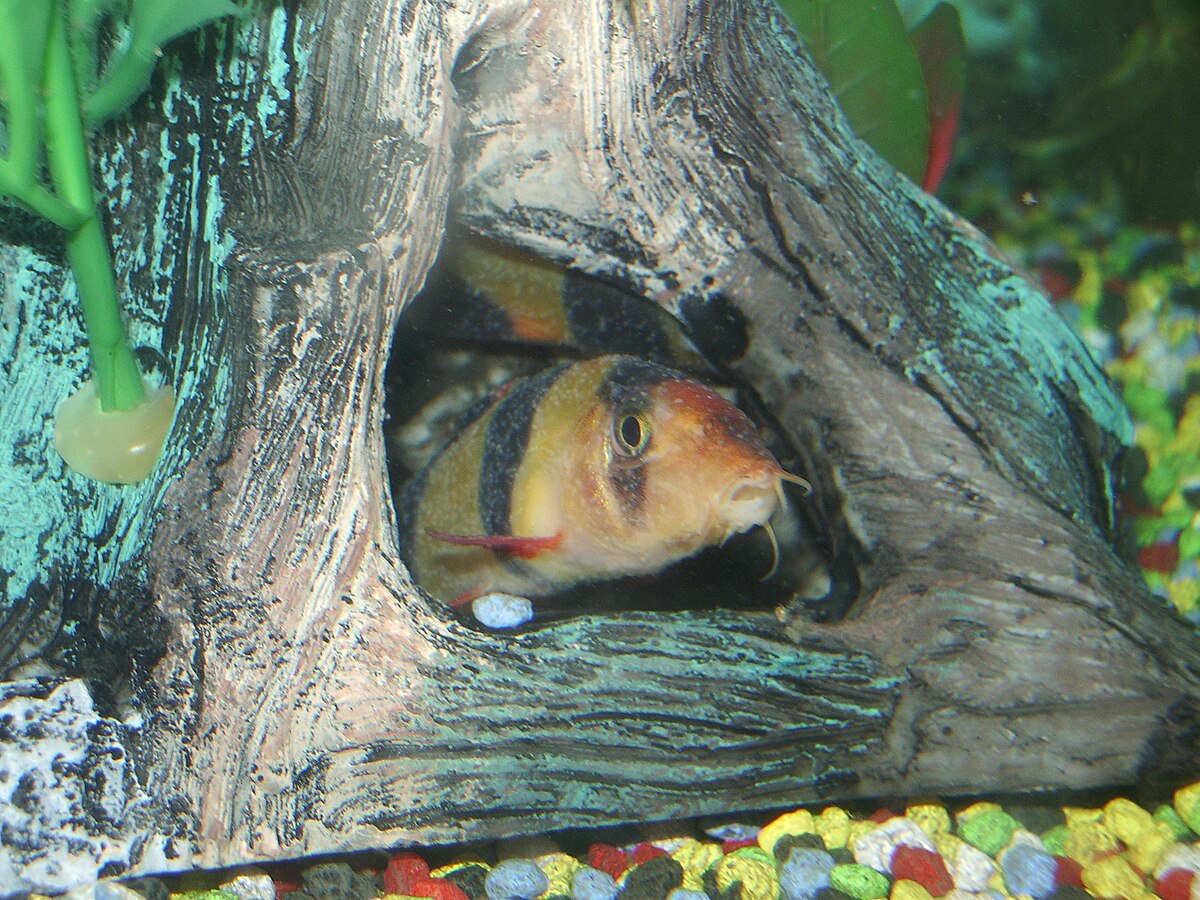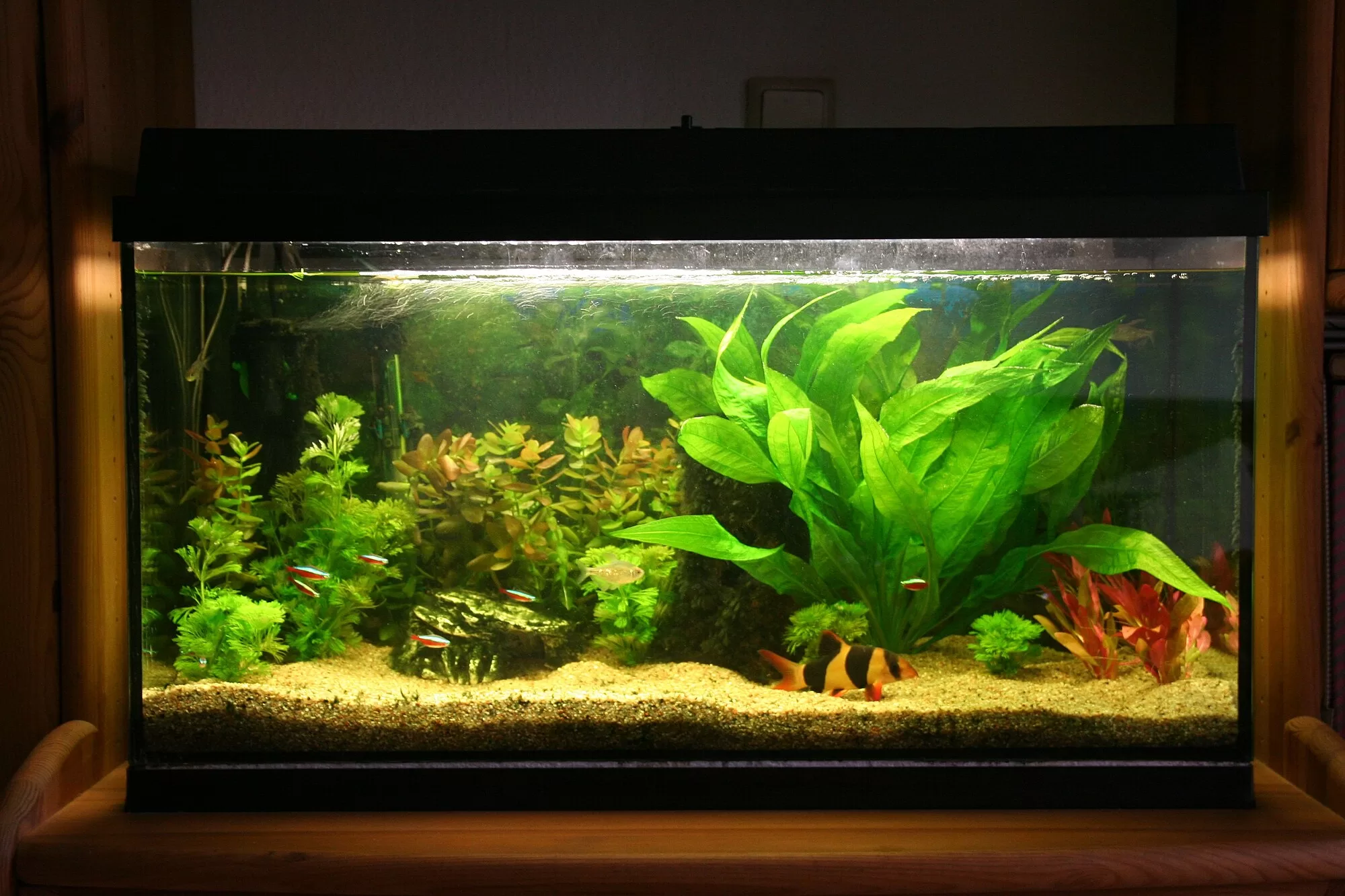I’m a simple guy, I like to save money on my aquarium equipment. That’s the main reason I own so many sponge filters. One way to completely filter and cycle a fish tank for a fraction of the cost that you’d pay for a chemical filtration system is through a sponge filter. So how do sponge filters work?
If you’re new to the hobby, or just unfamiliar with sponge filters, these don’t make too much sense when you look at it from an outside perspective. However, these filters are incredibly simple and effective, and provide mechanical and biological filtration.
Aquarium Sponge Filter Explained
A sponge filter works by using the power of airflow to create suction through the foam sponge. An air pump is connected to the airline tubing, and the airline tubing then connects to the adapter on the filter through a lift tube. The sponge filter sits inside the aquarium wherever you choose.
When the air is pushed into the inside of the tube, it has nowhere to go but back up and into the water column which makes the bubbles rise. When the air pumps back up, it creates a suction through the sponge filter which pulls in aquarium water through the sponge, thus creating filtered water.
Do Sponge Filters Really Work?
Not only are sponge filters good, but they can be used as the only means of filtration even in giant tanks. In theory, the only filtration going on in the wild is a biological filter through plants and bacteria. The beneficial bacteria colonize inside and on the sponge as the water flows through it
Beneficial bacteria break down waste into a form of nitrogen that plants utilize, called nitrate. In our aquariums, we really only need the bacteria to break down toxic ammonia and nitrite and produce the non-toxic nitrate that can be removed through water changes. Any other mechanical filtration is purely for aesthetic reasons.
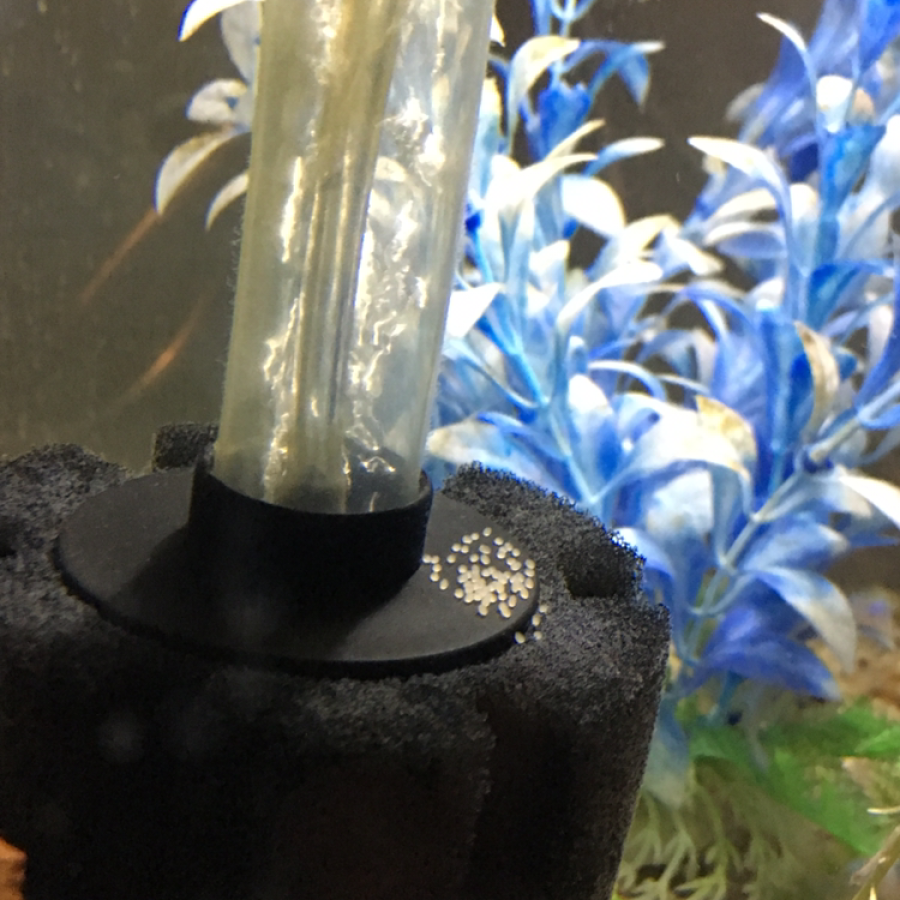
What Are The Pros & Cons of a Sponge Filter?
There are a few pros and cons of sponge filters, some more significant than others, let’s take a look.
Sponge Filter Pros:
Inexpensive
Setting up a sponge filter is about as cheap as it gets compared to buying a hang-on back filter. You can get a dual sponge filter fit for a 55-gallon, with the airline tubing and air pump for about $30. Realistically, you could even build your own if you really wanted to.
Low Maintenance
These filters are extremely low maintenance and you pretty much never have to change them unless they’re falling apart, which I have never witnessed even after years of use. Unlike a hang-on back filter or canister filter, you do not have to change the chemical media and spend money doing so.
Once in a while to clean debris from the filters, you can just squeeze it out in a bucket of tank water.
Excellent For Certain Species
Because of the gentle low flow that these produce, they are excellent for Betta fish, Shrimp, or breeding tanks with young fish.
Betta fish tend to get their fins damaged by the intake of normal filters, so a sponge filter an excellent alternative.

Sponge Filter Cons:
They’re Ugly
One of the top reasons people don’t like sponge filters is because they’re hideous and stick out like a sore thumb.
This is especially true for hobbyists into Aquascaping who focus on their aquariums’ aesthetics. These filters are extremely hard to hide in your tank and produce bubbles at a constant rate.
The Air Pump Noisy
Personally, I am somebody who is easily bothered when I’m trying to sleep. If I hear something like like an air pump making bubbles in an aquarium, I won’t be able to sleep. I can’t have these in my bedroom, granted, I don’t keep any in tanks in my bedroom at all. So if noise bothers you, keep that in mind.
Poor Water Polishing Capabilities
Sponge filters are not really meant to polish the water of tannins, particles, debris and color, they are mostly designed for biological filtration, which we’ve discussed is the most important thing. If you have a heavy bio load sponge filters might not be enough to keep your tank looking clean.
Wrapping Up
Sponge filters are an extremely easy and cheap alternative to traditional mechanical hang-on back and canister filters. They work great for tanks that require minimal flow such as Betta fish, shrimp, or breeding tanks.
I suggest all hobbyists run these in their tanks.

